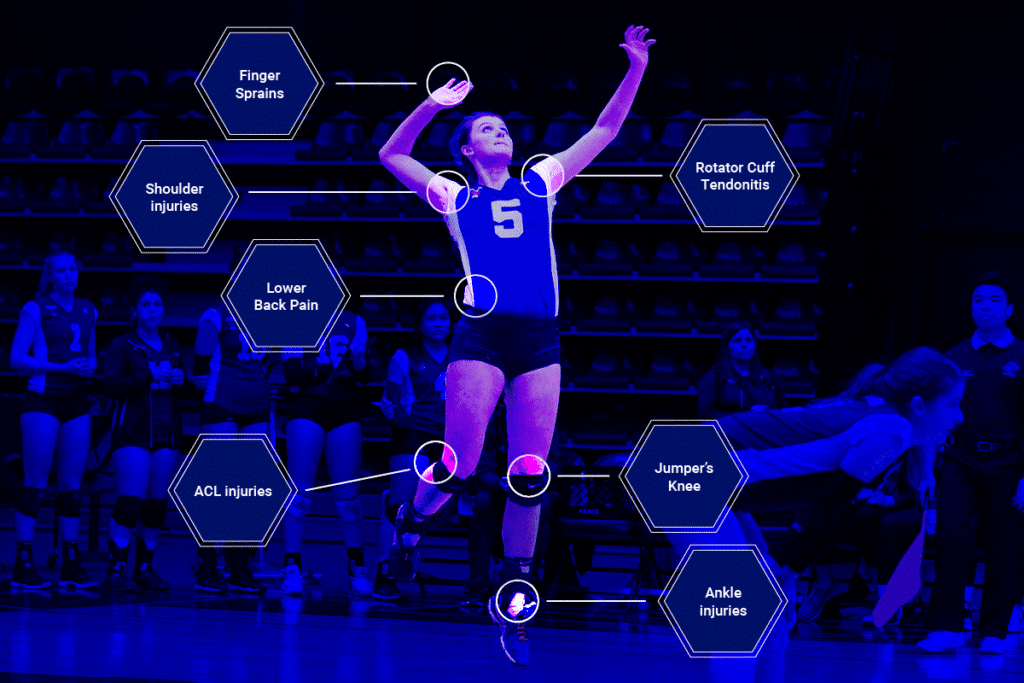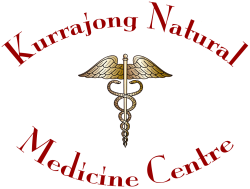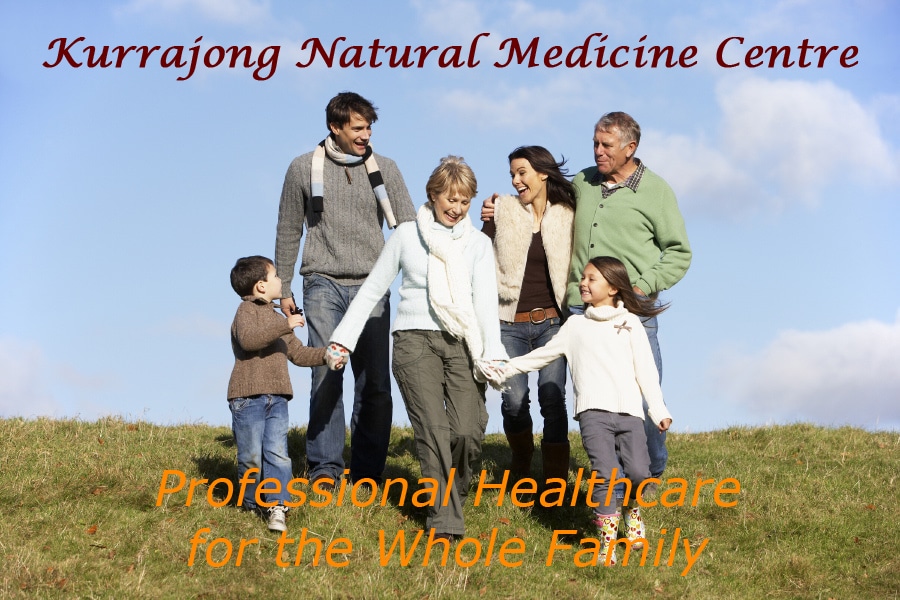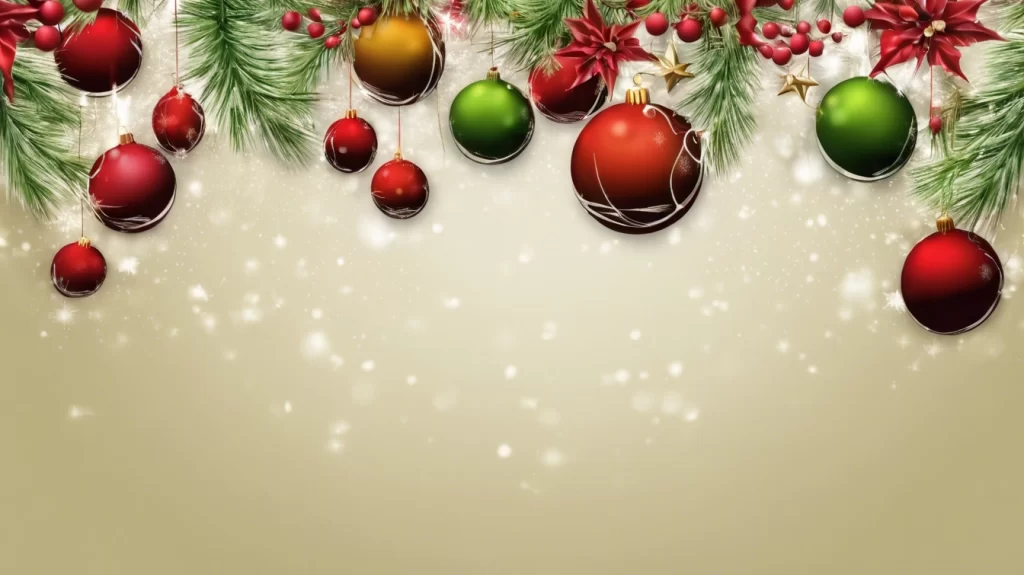Sports Related Injuries - A Chinese Medicine Perspective
What is a Sports Related Injury?
Sports related injuries are injuries that typically occur while participating in organised sports, competitions, training sessions, or organised fitness activities. Most sports injuries are due to either trauma or overuse of muscles or joints. The majority are caused by minor trauma involving muscles, ligaments, tendons, or bones, including: Contusions (bruises), Sprains and Strains. In addition dislocation and fractures may occur, but are beyond the scope of this article.
The injuries are of two general types. The first type is called an acute traumatic injury. These injuries usually involve a single blow from a single application of force, like getting a cross-body block in football. The second type of sports injury is called an overuse or chronic injury. Chronic injuries are those that happen over a period of time and are usually the result of repetitive training, such as running, overhand throwing, or serving a ball in tennis, as some examples.

How Does Traditional Chinese Medicine (TCM) view Sports Related Injuries
Chinese medicine views Sports injuries as trauma causing stagnation of Qi and Blood in the channels and collaterals of the area that is injured. It is categorised as part of the ‘Painful Obstructive Syndrome’. Sports injuries may also cause significant susceptibility in developing osteoarthritis without adequate treatment and rehabilitation.
Sport related injury may be either acute or chronic. In either case there is obstruction of qi and blood in the local channels and collaterals. Depending on the area injured and the recency of injury, different acupuncture treatment strategies are employed.
Research shows that acupuncture is an effective form of treatment for sport related injuries, irrespective of whether they are acute or chronic [1,2,3,4].
At Kurrajong Natural Medicine Centre our highly qualified and experienced team of practitioners are happy to develop a personalised treatment programme with you. Simply call (02)4573 0784
What You Can Do to Help Yourself
Prevention of injury is the best form for helping yourself.
Warm Up
Always warm up before exercise. For example, 3-10 minutes of slow walking or jogging, easy cycling, or light weights help to increase blood flow to the major muscle groups and increase your metabolic rate to prepare your body for a higher intensity activity.
Cool Down
After exercising, cool down. Decrease the intensity of your exercise and continue to move for 5 more minutes, then do slow, static stretches for 5-10 minutes. Cooling down helps your body adjust by allowing a proper decrease in heart rate and blood pressure, prevents blood from pooling in your legs, and promotes the removal of lactic acid to aid in decreasing muscular soreness, common after a moderate to high-intensity workout.
Stretch Slowly and Gently
Never bounce, and stop short of pain. Inhale and exhale regularly while stretching. Hold the stretch for 10-30 seconds. Learn Proper Exercise Techniques Join an instructional class or take private lessons, or utilise the guidance of a certified personal trainer.
Rest
If you are tired or have had insufficient sleep, cut down on the duration or intensity of exercise. Also, give your body adequate time to recover from exercise, ideally 24 to 48 hours.
In case of injury, follow the suggestions below on immediate treatment for sprains, strains and joint injuries, to prevent further damage include:
- Rest – keep the injured area supported and avoid using for 48-72 hours.
- Ice – apply ice to the injured area for 20 minutes every two hours for the first 48-72 hours.
- Compression – apply a firm elastic bandage over the area, extending above and below the painful site.
- Elevation – raise the injured area above the level of the heart at all times.
- Referral – as soon as possible, see a healthcare professional.
- No Heat – heat will increase bleeding.
- No Alcohol – alcohol increases bleeding and swelling.
- No Running – running or exercise increases blood flow, delaying healing.
- No Massage – massage increases swelling and bleeding, also delaying healing.
References
- Lee, J. W., Lee, J. H., & Kim, S. Y. (2020). Use of Acupuncture for the Treatment of Sports-Related Injuries in Athletes: A Systematic Review of Case Reports. International journal of environmental research and public health, 17(21), 8226. https://doi.org/10.3390/ijerph17218226
- Cox, J., Varatharajan, S., Côté, P., & Optima Collaboration (2016). Effectiveness of Acupuncture Therapies to Manage Musculoskeletal Disorders of the Extremities: A Systematic Review. The Journal of orthopaedic and sports physical therapy, 46(6), 409–429. https://doi.org/10.2519/jospt.2016.6270
- Lee, J. W., Lee, J. H., & Kim, S. Y. (2020). Use of Acupuncture for the Treatment of Sports-Related Injuries in Athletes: A Systematic Review of Case Reports. International journal of environmental research and public health, 17(21), 8226. https://doi.org/10.3390/ijerph17218226
- Shin, J. C., Kim, J. H., Nam, D., Park, G. C., & Lee, J. S. (2020). Add-on effect of kinesiotape in patients with acute lateral ankle sprain: a randomized controlled trial. Trials, 21(1), 176. https://doi.org/10.1186/s13063-020-4111-z
Disclaimer
Disclaimer information for users of the Kurrajong Natural Medicine Centre, Namaste Yoga Kurrajong and The Herbal Health Coach website.
Page last updated: 26th June 2023
Information provided for education and research information only
The information on this website is presented by Kurrajong Natural Medicine Centre for the purpose of disseminating health information free of charge for the benefit of the public.
While Kurrajong Natural Medicine Centre has exercised due care in ensuring the accuracy of the material contained on this website, the information on the site is made available on the basis that Kurrajong Natural Medicine Centre is not providing professional advice on a particular matter.
This website is not a substitute for independent professional advice. Nothing contained in this site is intended to be used as medical advice and it is not intended to be used to diagnose, treat, cure or prevent any disease, nor should it be used for therapeutic purposes or as a substitute for your own health professional’s advice.
Kurrajong Natural Medicine Centre does not accept any liability for any injury, loss or damage incurred by use of or reliance on the information provided on this website.
Quality of information
Kurrajong Natural Medicine Centre makes every effort to ensure the quality of the information available on this website and updates the information regularly. Before relying on the information on this site, however, users should carefully evaluate its accuracy, currency, completeness and relevance for their purposes, and should obtain any appropriate professional advice relevant to their particular circumstances. Kurrajong Natural Medicine Centre cannot guarantee and assumes no legal liability or responsibility for the accuracy, currency, completeness or interpretation of the information.
The material may include the views or recommendations of third parties and does not necessarily reflect the views of Kurrajong Natural Medicine Centre or indicate a commitment to a particular course of action.
Links to other websites
This website contains links to other websites which are external to Kurrajong Natural Medicine Centre. Kurrajong Natural Medicine Centre takes reasonable care in selecting linking websites but Kurrajong Natural Medicine Centre accepts no responsibility for material contained in a website that is linked to this site. It is the responsibility of the user to make their own decisions about the accuracy, currency, reliability and correctness of information contained in linked external websites.
Links to external websites are provided for the user’s convenience and do not constitute an endorsement or a recommendation of any third party products or services offered by virtue of any information, material or content linked from or to this site. Users of links provided by this site are responsible for being aware of which organisation is hosting the site they visit.
Views or recommendations provided in linked sites may include the views or recommendations of third parties and do not necessarily reflect those of Kurrajong Natural Medicine Centre or indicate a commitment to a particular course of action. .



